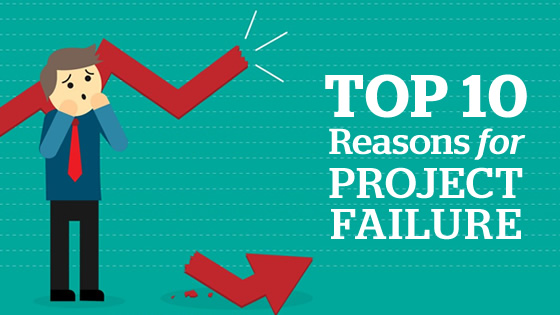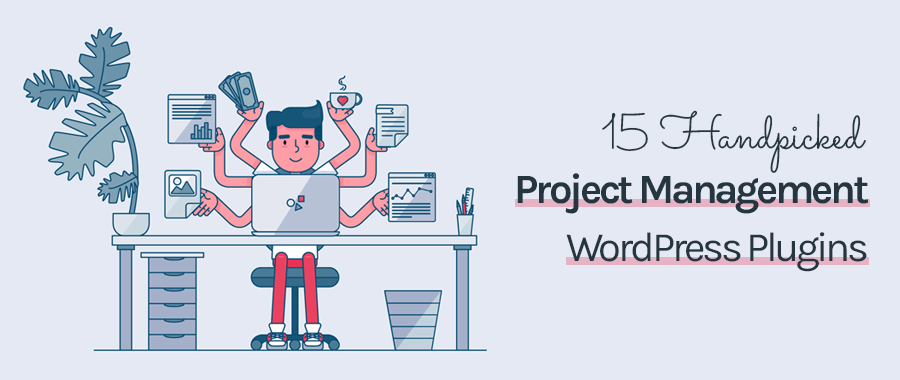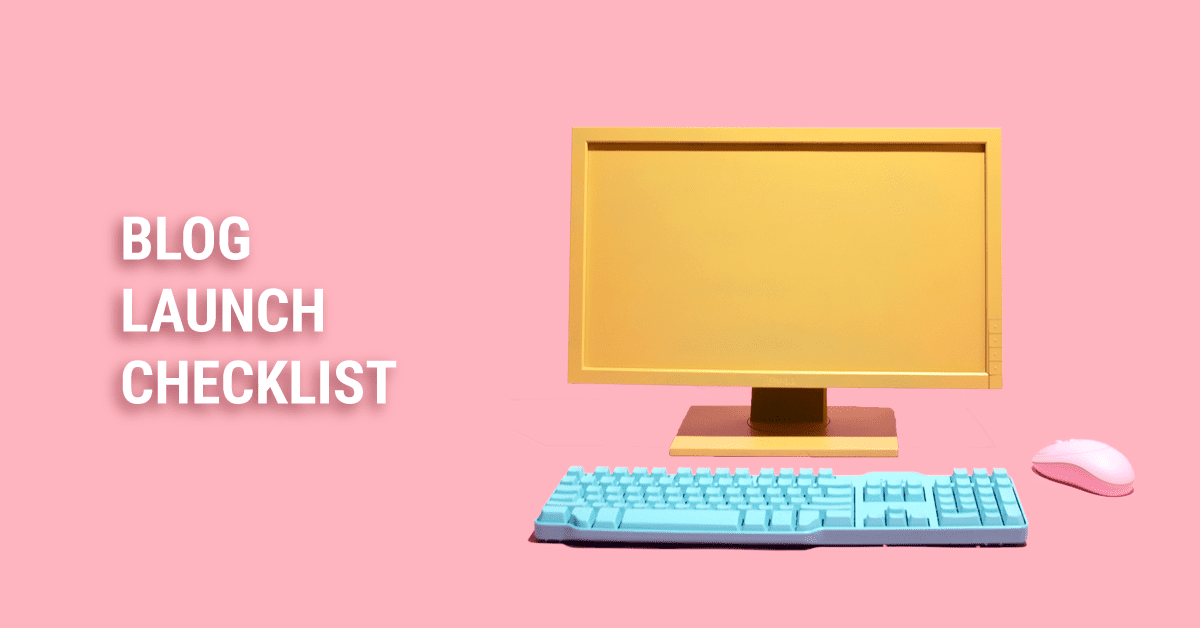
5 Best Alternatives to WordPress as CMS Solutions
| Listen audio version |

- Save
Installing a WordPress blog is something anyone with zero experience can do.
Here at ShoutMeLoud, we have covered installation guides for many popular web-hosting companies.
Before I share the WordPress checklist, check out some of these installation guides:
- How To Install WordPress On Bluehost
- How To Install WordPress On HostGator
- How To Install WordPress On SiteGround
- How To Install WordPress Manually On Any Web-Hosting
One important aspect of creating a successful blog is setting up your blog the right way.

It may take an additional hour or two, but this effort will surely pay off in the long run.
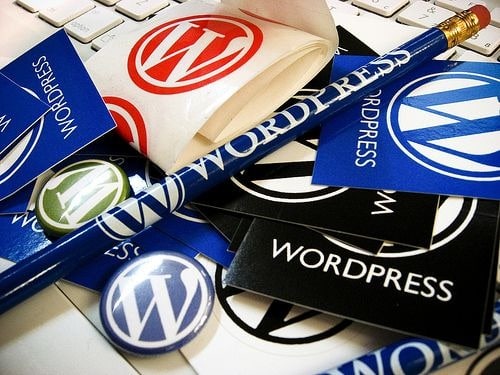
- Save
If you have gone through ShoutMeLoud’s previous guide on the WordPress post-installation essential processes, let’s move ahead with the next steps to take.
In this guide, I will share a checklist which you should follow to make your WordPress blog “publish-ready”.
I won’t say all of the steps here are essential, but I will say that every step will be very beneficial for you.
At the very least, it will take you one step ahead of those WordPress blogs who are missing out on these essential elements.
So let’s get on with the list!
(Feel free to add your 2 cents at the end of the article in the comments section.)
Page Contents
How to Setup a Blog on the WordPress Platform:
I assume you have:
- Your WordPress blog installed.
- Deleted the default “Hello world” post.
- Deleted the default page.
If you haven’t done these three things, go ahead and do them now.
Onto the checklist…
1. Submit sitemap
Let’s start with an SEO tip.
Create and submit your sitemap to the Google Webmaster Tool.
The process is easy and it will help search engine bots deep index your content. You can use the Google XML Sitemap plugin to generate your sitemap and then read the full sitemap submission process here:
- How To Submit Sitemap To Google Search
2. Write About page
Unless you are only writing a personal diary and you expect no readers outside of your friends and family, an “About page” is required.
Use this page to describe yourself and your blog to your readers.
- Read this: The Top 9 Secrets For Writing An Attractive About Page
For the record, your blog’s About page will be one of the most viewed pages on your blog. Make sure you write in a way to turn your one-time visitors into subscribers.
You can take some inspiration by looking at ShoutMeLoud’s About page, where Harsh has beautifully personalized the page and also given plenty of options for new visitors to subscribe to ShoutMeLoud.
- Recommended: Why Your Website Is Naked Without An About Page
3. Set up Contact page
A blog is all about communication.
A “Contact” page on your blog will provide a means of private communication between you and your readers.
It can also be a gateway for advertisers to discuss a deal or sponsorship.
Most typical Contact pages consist of only a contact form, but you could also provide other means of communication (e.g. a Skype handle).
4. Customize permalink structure
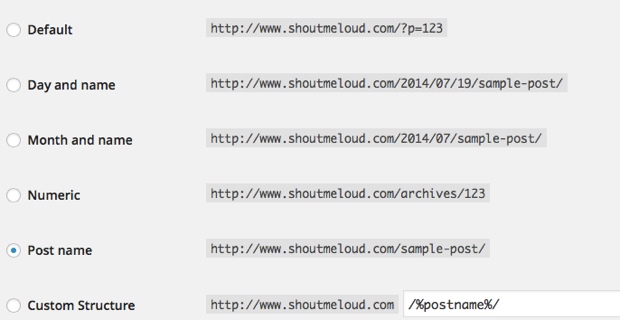
- Save
WordPress’s default permalink structure is both not user-friendly and not SEO friendly.
Instead of:
- http://example.com/?p=123
Customize it to something more meaningful like:
- http://example.com/post-title
You can learn more about customizing permalinks here.
Important: Make sure you do this before you start posting. Otherwise, you will have many 404 errors.
- Related read: How To Change WordPress Permalink Without Losing Traffic
5. Set up categories
Categorizing your articles as Uncategorized is as meaningless as it sounds.
Create a few categories you know you will write about beforehand. It will make navigation easier and also act as a hint to your readers what your blog is typically about.
- Also read: How To NoIndex WordPress Tags And Categories
6. Install an anti-spam plugin
No sane blogger on WordPress will blog without an anti-spam plugin.
There’s a huge army of spammers out there spamming the hell out of out unprotected blogs every single minute.
The most popular anti-spam plugin, Akismet, comes bundled with your WordPress installation.
- Install it, and use it.
You can read this guide to get your free Akismet API key.
Non Www version not Redirecting to Www version in WordPress [Solution]
7. Install a cache plugin
Your blog might be new, but you won’t really know how well the genius in you will do.
In case any of your stuff goes viral, the server you paid very little money for might not be able to withstand the waves of visitors.
Caching your blog will reduce the load and generally make your blog load faster.
W3 Total Cache is the choice of many big and small blogs alike; you probably won’t go wrong with it.
- Check out these other popular WordPress cache plugins
8. Track statistics
It’s important to track your blog’s statistics since day one.
Google Analytics is a free service that provides in-depth statistics and information about your visitors.
You can also install the Jetpack plugin in addition to Google Analytics to view your statistics right from your WordPress dashboard.
9. Take a complete blog backup
We all have heard of nightmares about web-hosts holding a customer’s files and database ransom.
With a complete blog backup solution, you can rest assured that no matter what happens to your blog, you can restore your blog’s content on any other host.
I use WP Time Machine for this purpose, which automates the backup process and uploads my files onto Dropbox.
10. Choose a good theme
I believe that a unique design is always great for branding and user experience.
You need to find a theme that is:
- Well-designed.
- Well-coded.
- SEO optimized.
- Fast.
The moment I see a blog using WordPress’s default theme with zero customization, I’ll come to two conclusions:
- The blogger is not serious.
- It’s a scraper site.
I would suggest taking some time to pick a good theme.
Or better yet, get a custom WordPress design.
(Here at ShoutMeLoud, we are using Genesis.)
To find a theme, read:
- Astra Theme review
- GeneratePress Theme review
- Newspaper theme review
- 10 Best AdSense Optimized WordPress Themes To Increase Revenue
- JustWrite WordPress Theme Review: Free Theme for Writers
- 10 Most Popular Websites To Buy Best WordPress Themes
- 6 Best WordPress Themes for Amazon Micro Niche Sites
- 10 Hand-Picked WordPress Themes For Your Technology Blog
When ready, read:
- How To Install A WordPress Theme
Optional Setup Tips for WordPress
If you have all of the above items checked off your checklist:
- Your new blog is good to go.
The following items are good to have, but are completely optional.
OPTIONAL 1. Add social media buttons

- Save
Make it easier for your readers to share your work by adding social media sharing buttons.
Users are so used to things like the Facebook “like” that they will not hesitate to “like” your work as a sign of appreciation.
Traffic aside, these social shares can also act as a morale booster, especially when you are just starting out.
And this also helps with social proof.
OPTIONAL 2. Add blog account on social sites
Register your blog’s brand name on popular social sites like:
- YouTube
- etc.
You might not need it now, but don’t get upset later when you discover that someone else has grabbed your blog’s brand name as their username.
- Related read: Benefits Of Social Media Marketing In Blogging
OPTIONAL 3. Get FeedBurner or AWeber
The popularity of “subscribing to RSS” has definitely gone down compared to several years ago.
Readers these days prefer to follow a blog on Twitter or Facebook.
Regardless of how you feel about RSS, make sure you offer an email subscription feature from day one as email marketing is still very viable.
Check out:
- AWeber
- ConvertKit
Read: Best email marketing services
So there you go!
These are all of the essential WordPress set up tips I have for you. If you follow this checklist, you’ll have everything you need to make your WordPress blog successful from day 1.
Do you have more tips? Share your thoughts in the comments below!
Did you find this checklist useful? Share it with your friends on Facebook, Twitter, and LinkedIn.
Subscribe on YouTube
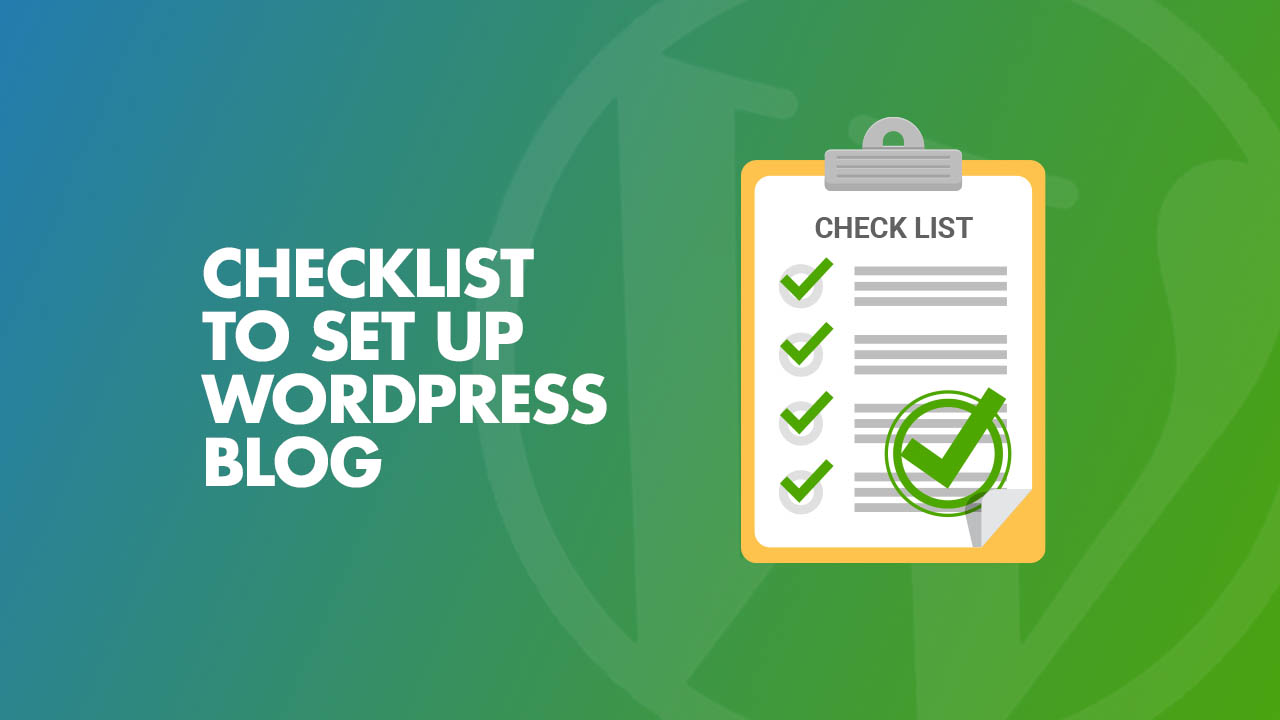
- Save
Sharing is caring ️
- More
How To Delete Custom Field Values From WordPress Database





